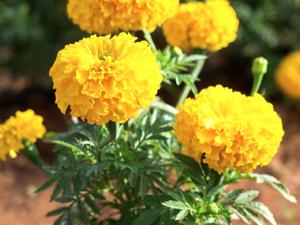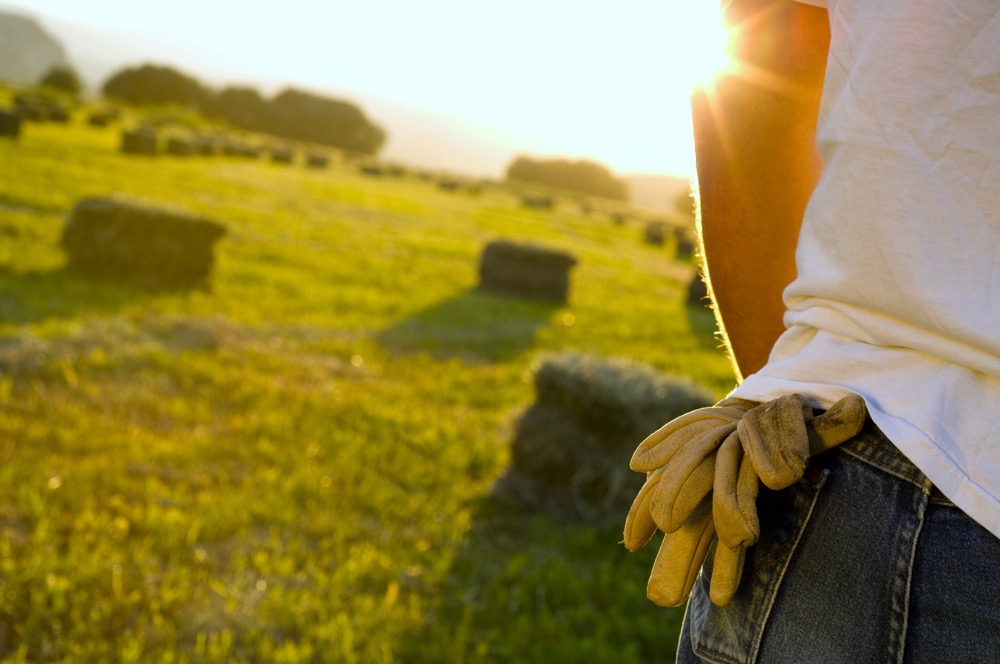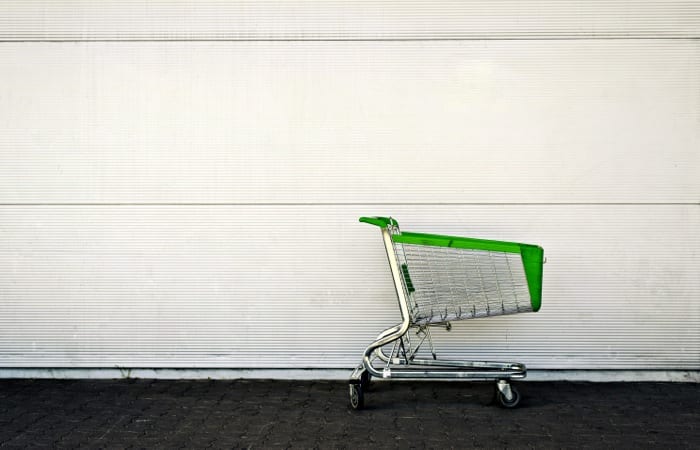It’s all about working with nature and not against it

The word eco-friendly can be used in many areas of our lives: at work, at home, at play. Being eco-friendly in all these aspects is quite a simple concept with incredible opportunities for creativity. The bottom line is eco-friendly is all about working with nature, not against it.
As gardeners we play an ever-increasing unique role in the ongoing pressures within the ecosystem. Eco-gardening has proven to slow the effects of climate change by reducing waste and incorporating varying practices that promote wildlife habitat and renewable energy.
Avoiding waste is one of the primary ways to be eco-friendly. You can do this by not wasting water, recycling yard trimming and kitchen plant-based scraps into compost, wisely disposing of plastics and soils bags, and reducing fertilizer and pesticide use.
Earth911.com offers a few simple tips to eco-friendly gardening thus creating a more biodiverse and planet-friendly garden.
1. Attract friendly bugs

Ladybirds, lacewings, and ground beetles, oh my! Whether you absolutely detest insects or enjoy watching them fly about the garden, the fact is that while there are plenty of bugs, like greenflies, that can be harmful to plants, there are also beneficial bugs that can help reduce the population of harmful bugs.
2. The early bird catches the worm

As for the snails, slugs, caterpillars, grubs, and other pests that can destroy your garden, birds can serve as exceptional and natural protectors. Install bird feeders for a variety of birds and nesting boxes to encourage more to visit. Using birds and beneficial insects in this way will also help eliminate the need for synthetic insecticides, fungicides, and weed killers that are toxic to the environment.
3. Consider companion planting

The most beautiful and healthy gardens are those with a diverse mix of plants. Tall plants can naturally provide shade for more sun-sensitive and shorter ones. Take into account what you would like to grow in your garden before adding plants, and then be sure to do your research so that you don’t encounter difficulties in the growing season.
Here are some great garden combinations, but keep in mind that these do not necessarily all work with each other, only that the individual pairings do.
Chives and tomatoes;
Rose and garlic;
Carrot and spring onion;
Cucumber and radish and dill.
4. Set up a compost bin

While you can purchase your own soil from a local gardening or hardware store, compost is the most important supplement you can have in your eco-garden’s soil. Not only is the process of composting an easy way to give your garden the nutrients it needs to grow, it’s also a more satisfying solution for both your wallet and the environment.
5. Reduce, reuse and recycle

There are so many ways to reduce the amount of waste you create, from growing your own fruit and vegetables to using your own compost, to only buying recyclable packaging. A large part of reducing waste is to reuse what you already have, such as fencing, vegetable peelings, plant clippings, and even using water from a rain barrel to decrease the amount of fresh water you use when looking after the garden.
For more information on eco-friendly gardening visit earth911.com or Google eco-friendly gardening.
The Red River Basin Commission
(RRBC) is a grassroots organization
that is a chartered not-for-profit corporation under the provisions
of Manitoba, North Dakota, Minnesota, and South Dakota law.
Contact the Winnipeg office at
204-982-7254, or you can check
out the website at www.redriverbasincommission.org.













